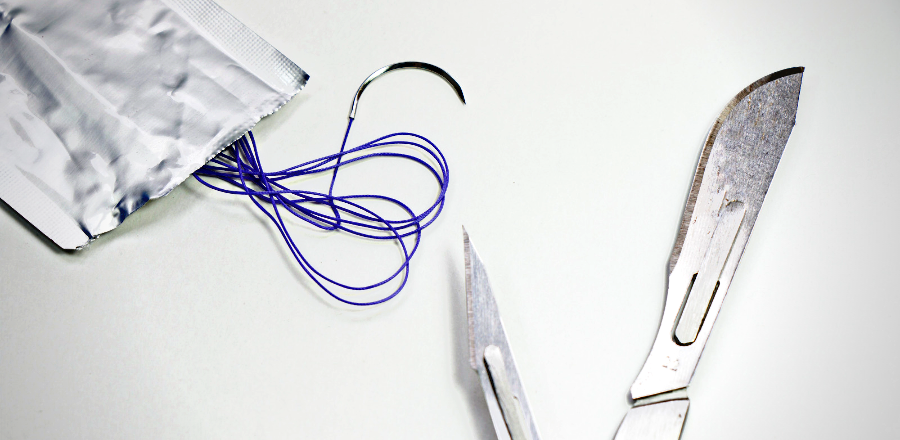Next stage for Prostheses List Reforms
The AMA is keeping an eye on some promising reforms to the Protheses List.

The AMA is keeping an eye on some promising reforms to the Protheses List.
In early 2021 the government announced a 4-year plan to comprehensively revamp the Prostheses List (PL). This list sets out the prostheses and benefit amount that private health insurers must pay for (if the patient is covered).
The AMA has been working to ensure that planned changes won’t impact negatively on patients and that clinicians will still be able to choose the right device for their patients, based on their clinical needs.
There are around 11,000 items on the PL, highlighting the diverse nature of prosthetic items available to clinicians. The list includes surgically implanted prostheses, human tissue items and other medical devices.
The list also contains a subgroup of general miscellaneous or general use items which include a wide range of surgical and medical items used to support different types of surgical procedures. Sutures, haemostatic agents, and skin glues are examples of some of these ‘general’ items. The government had previously decided to remove these from the PL, which left the question of funding to support their use up in the air.
This has been a major area of contention, with the AMA pushing for an alternative funding arrangement to ensure the reasonable costs of these items continued to be covered by insurers.
Last week Minister Butler responded positively to the AMA’s lobbying and announced a new mandated funding arrangement for around 500 surgical general use and consumable items which will be removed from the PL. The funding arrangement will clearly define the benefits insurers will pay to hospitals when these items are used in surgery for private patients.
While the AMA is still reviewing the fine detail of this announcement, it does appear to be a further step forward in these complex, once-in-a-generation reforms, removing a significant point of contention between insurers and private hospitals that, if left unresolved, could have left patients with increased out of pocket costs and impacted on clinician choice.
The AMA will maintain its focus to ensure that these reforms are implemented effectively in close consultation with the sector to deliver a modern, fit-for-purpose PL that enables clinicians to keep choosing the right device to suit their patients’ clinical needs, ensures the private sector is paying competitive prices for all medical devices and that these savings are fully passed on to consumers.
These multi-year reforms will deliver around $900m in savings to the health system while not disturbing clinician and patient choice.



